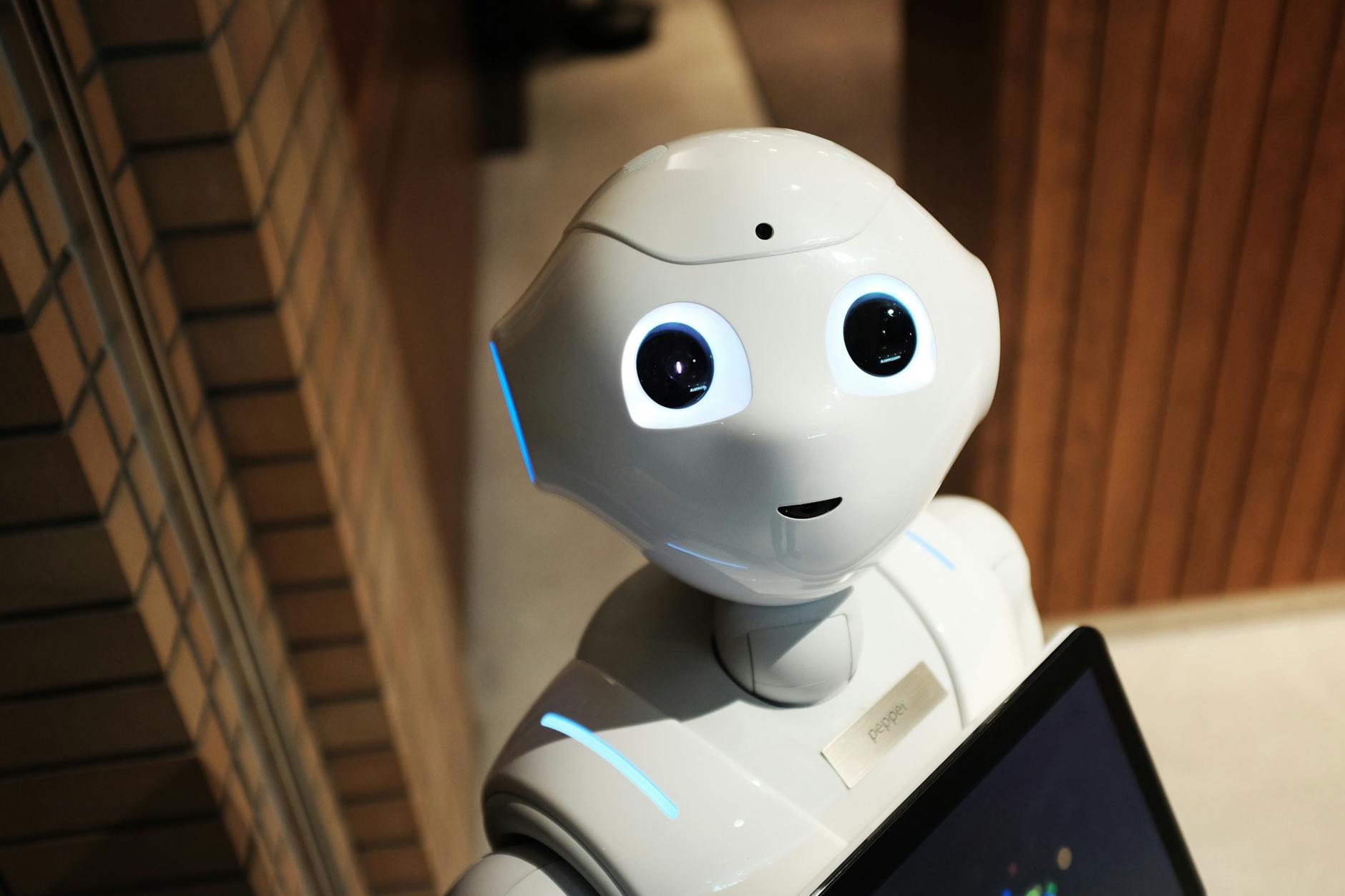Introduction
Japan stands at the forefront of the global robotics industry, renowned for its pioneering developments and innovative applications. From humanoid robots that assist in daily life to advanced industrial robots enhancing manufacturing efficiency, Japan’s contributions to robotics are transforming various sectors. This article delves into Japan’s key advancements in robotics, the major companies leading the charge, and the diverse applications of robotic technology that are shaping the future.
Historical Context and Milestones
Japan’s journey in robotics began in the post-World War II era, with significant milestones that laid the foundation for its current leadership. In 1973, the WABOT-1, the world’s first full-scale humanoid intelligent robot, was developed by Waseda University. This breakthrough marked the beginning of Japan’s deep engagement with robotics technology.
In the 1980s and 1990s, Japan’s focus on industrial automation led to the creation of highly efficient robotic systems. Companies like Fanuc and Kawasaki Heavy Industries pioneered industrial robots that revolutionized manufacturing processes, making them more precise and efficient.
Leading Robotics Companies
Several Japanese companies have become synonymous with robotics innovation:
Honda
Honda’s ASIMO robot, introduced in 2000, is one of the most recognized humanoid robots globally. ASIMO was designed to assist people with disabilities and the elderly, showcasing advanced capabilities in walking, running, and interacting with humans.
SoftBank Robotics
SoftBank Robotics’ Pepper robot is a humanoid robot capable of recognizing faces and basic human emotions. Launched in 2014, Pepper has been employed in various sectors, including retail, healthcare, and customer service, to enhance human-robot interaction.
Fanuc
Fanuc is a leader in industrial robotics, providing automation solutions that are integral to manufacturing processes worldwide. Their robots are known for their precision, speed, and reliability, making them essential in industries such as automotive and electronics.
Kawasaki Heavy Industries
Kawasaki is another major player in industrial robotics, offering a wide range of robotic arms and automation solutions. Their technology is used in welding, assembly, and material handling, significantly boosting production efficiency.
Key Developments in Robotics
Humanoid Robots
Japan has made significant strides in developing humanoid robots that mimic human movements and interactions. Robots like Honda’s ASIMO and SoftBank’s Pepper are designed to assist in everyday tasks, from guiding visitors in public spaces to providing companionship and support for the elderly.
Industrial Robots
Industrial robots are a cornerstone of Japan’s robotics industry. Companies like Fanuc and Kawasaki have developed robots that perform tasks with high precision and speed, significantly improving manufacturing productivity. These robots are used in various applications, including welding, painting, assembly, and packaging.
Service Robots
Service robots are increasingly being integrated into everyday life in Japan. From robots that serve food in restaurants to those that assist in hospitals, the service robotics sector is growing rapidly. These robots help address labor shortages and improve service delivery in various industries.
Medical Robots
Japan is also at the forefront of medical robotics, developing robots that assist in surgeries and patient care. The use of robotic systems in minimally invasive surgeries has improved outcomes and reduced recovery times. Companies like Cyberdyne have created exoskeletons that aid in rehabilitation and mobility for patients with physical impairments.
Emerging Trends and Applications
AI Integration
The integration of artificial intelligence (AI) with robotics is a significant trend in Japan. AI enhances the capabilities of robots, allowing them to learn from interactions, make decisions, and perform complex tasks autonomously. This integration is crucial for developing smart robots that can adapt to various environments and tasks.
Elderly Care
With an aging population, Japan is leveraging robotics to address the challenges of elderly care. Robots like Pepper and Paro, a therapeutic robot seal, are used to provide companionship, monitor health, and assist with daily activities, helping improve the quality of life for the elderly.
Disaster Response
Japan has developed robots specifically designed for disaster response. These robots can navigate hazardous environments, locate survivors, and perform rescue operations. Such technologies are essential in a country prone to earthquakes and tsunamis.
Entertainment and Hospitality
Robotics is also making inroads into the entertainment and hospitality sectors. Robots are used in theme parks, hotels, and events to entertain guests, provide information, and enhance the overall customer experience. The Henn-na Hotel, staffed by robots, exemplifies this trend.
The Future of Robotics in Japan
Japan’s commitment to robotics continues to drive innovation and set new benchmarks in the industry. With ongoing advancements in AI, machine learning, and sensor technology, the future of robotics in Japan looks promising. The government’s support through initiatives like the “New Robot Strategy” aims to integrate robots into various aspects of society, enhancing productivity and addressing social challenges.
As Japan continues to innovate, its role in the global robotics landscape will remain influential, shaping the future of technology and human-robot interaction.
Conclusion
Japan’s rise in the robotics industry is a testament to its technological prowess and innovative spirit. From humanoid robots that assist in daily life to industrial robots that revolutionize manufacturing, Japan’s contributions to robotics are vast and impactful. As the country embraces new technologies and addresses emerging challenges, it will continue to lead and inspire the world in the realm of robotics.
